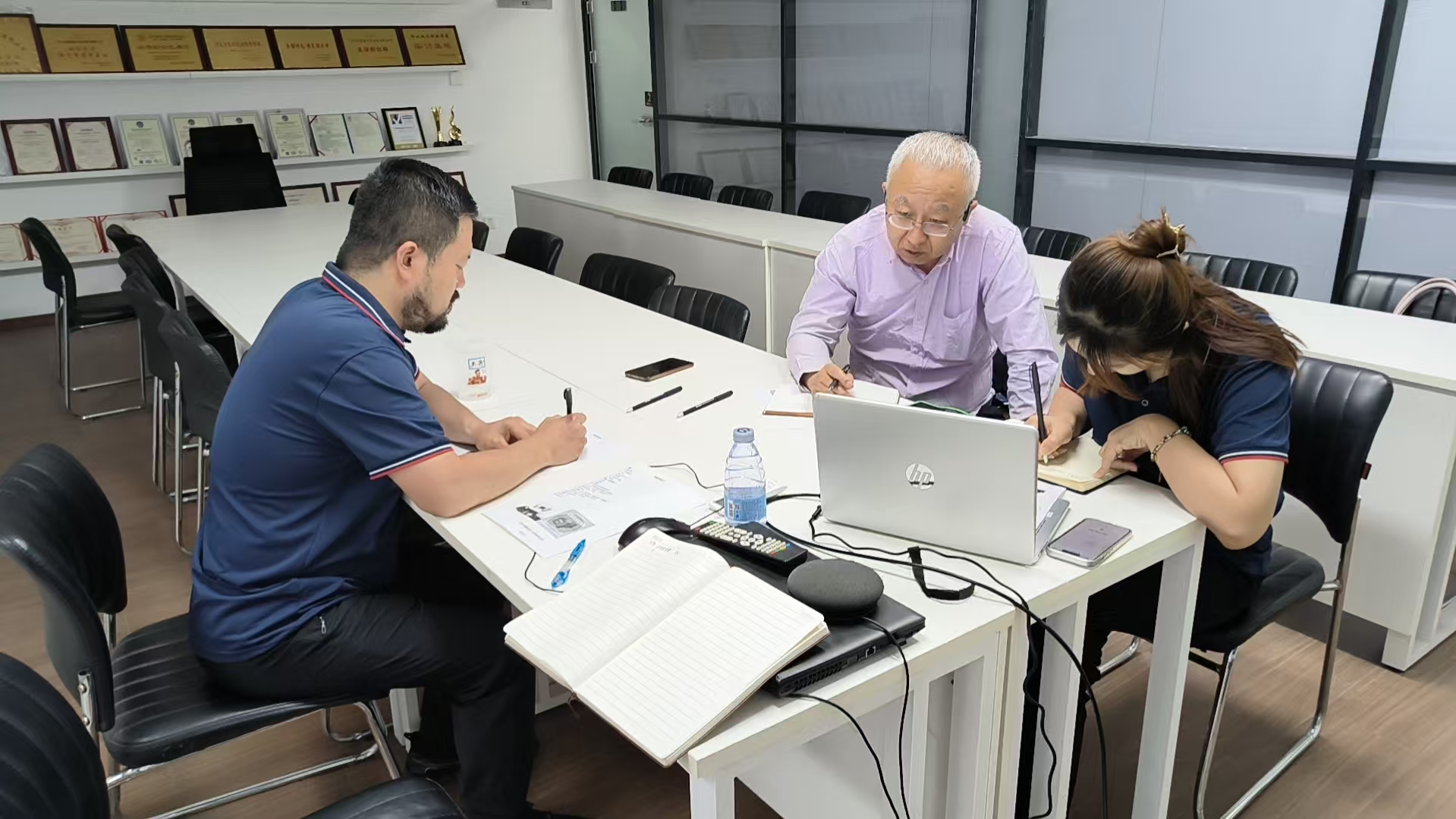1. Water Quality in Canada
In Canada's Shield area, water is relatively soft because hard rocks do not release much calcium into the water. However, in regions with more limestone than granite, large amounts of calcium dissolve into the water, making it hard. The water hardness in these areas usually ranges from 5 to 25 grains per gallon (1 GPG = 17.1 ppm). This level of hardness creates a strong demand for water softeners in most households.

2. Water Softener Selection
(1) Tank Models
The most common FRP tank sizes in the Canadian market are 948, 1054, and 1252. This is related to local housing features. A typical North American house has an area of 300–400 square meters, with 4–5 bathrooms, and is usually home to a family of five. These homes are also equipped with dishwashers, washing machines, showers, and garden sprinkler systems. To ensure sufficient flow when multiple devices are used at the same time, a flow rate of 20–25 GPM is generally suitable.


(2) Piping and Valve Sizes
Piping sizes in North America are fairly standardized. Most pipes are 1/2 inch. Shower connections are also 1/2 inch, while toilets and faucets use 3/8 inch pipes. These narrow pipes can cause pressure drops when the water supply is unstable or when many devices are used at once. Therefore, the valve outlet size is best set to 3/4 inch or 1 inch. The typical household water pressure is about 42 PSI (around 3 bar).
(3) Valve Functions and Regeneration Method
Valve Functions: Most households use valves with a hard water bypass feature. This ensures that water supply continues during the regeneration process.
Regeneration Method: Downflow regeneration is more popular in North America. With this method, even if the tank model is changed, the injector inside the valve does not need to be replaced. In contrast, upflow regeneration requires cleaner water. If the water contains dirt, changing the tank often requires changing the injector as well. If the wrong injector is used, salt suction may be weak or too slow, affecting regeneration results or even clogging the upper distributor.
In addition, North American control valves typically do not use mixing valves. If lower outlet hardness is required, the salt dosage can be reduced by half. This causes the resin to regenerate incompletely, meeting specific customer needs.

3. Well Water Treatment and Filter Media Selection
Wells account for about 40% of water sources in Canada, so demand for well water treatment is high. This requires water treatment suppliers to be highly professional. Well water often contains sulfur, iron, and manganese, and may have a strong “rotten egg” smell.
KL and Birm media are most effective for removing iron and manganese. Sulfur can be removed through ozone oxidation, which eliminates sulfides from the water.

4. Softener Salt Selection
In Canada, sugar and salt are regulated, so prices are low. A 20kg bag of softener salt costs about 30 RMB. It is best to use high-quality synthetic salt in softeners. This type of salt contains chlorine, has no impurities, and also offers disinfection.
Avoid large-grain salt, as it often contains impurities that can block the salt valve and affect resin regeneration.
5. Melt-Blown Filter Cartridge Installation and Function
(1) Installation Position
Besides blocking sand, melt-blown cartridges also help disinfect, especially in well water systems. Some installers place the cartridge before the softener, which is incorrect.
Water softeners usually filter at 30 microns, while melt-blown cartridges range from 5 to 20 microns. Water should pass through filters in order of coarse to fine. Therefore, the cartridge should be installed after the softener. This placement prevents resin from leaking into the pipes and allows for whole-house disinfection if the cartridge is soaked in sodium hypochlorite.
In North America, many households install the melt-blown cartridge as the second-to-last stage, followed by a UV sterilizer as the final stage for better purification.

(2) Sand Removal
To effectively remove sand, it is better to use a quartz sand filter instead of relying only on melt-blown cartridges.
6. Bacteria Control in Well Water Systems
Well water systems typically include both a central water filter and a central softener, with the filter placed before the softener. However, during operation, the activated carbon in the filter removes chlorine, so the soft water loses its disinfecting ability during distribution, which can lead to bacterial growth.
To address this, users can:
Use the bypass to discharge water after activated carbon treatment once a week to retain some chlorine in the water.
Use melt-blown cartridges soaked in disinfectant to achieve whole-house disinfection and ensure safe water use.
7. Additional Notes
(1) Low Salt Alarms
Most softeners on the market do not have a true low salt alarm.
Runlai's alarm is a simulated calculation.
Fubyuan uses laser detection, which requires manual input of the refill location every time, making it complex and unreliable.
DROP uses a claw-like device that opens when salt is low and closes when salt is present. It sends data through an app. However, if the salt clumps or sticks, the readings may be inaccurate.
(2) Dry Brine Tank vs. Wet Brine Tank
Dry Brine Tank:
Proposed by CLARK, claiming salt savings. In this mode, the salt stays dry most of the time. Water enters the tank 2–6 hours before regeneration. If the water enters too late, the salt will not dissolve fully, and the brine won't reach full concentration. This weakens resin regeneration. Although a dry tank may seem cleaner and avoids freezing or deformation, about 5 cm of brine still remains after regeneration. In indoor environments, the risk of secondary contamination is similar to that of wet tanks.
Wet Brine Tank:
Water is always present in the tank, and the salt continuously dissolves. This keeps the brine saturated and ensures effective resin regeneration. The saturated brine also inhibits bacteria growth. It is recommended to offer both dry and wet modes and allow customers to choose as needed.

(Designing control valves for the Canadian market)







